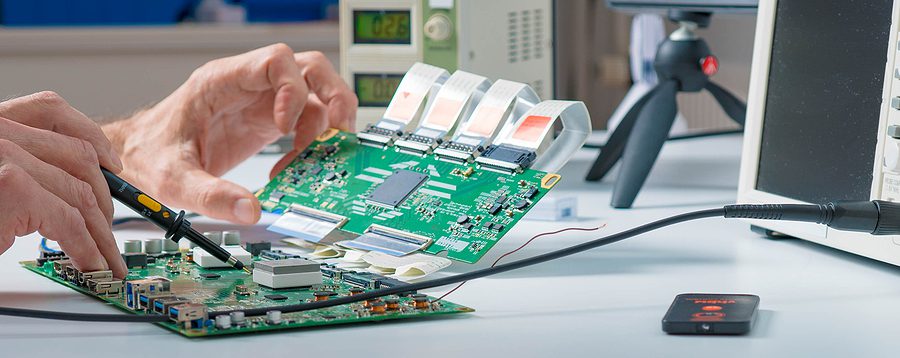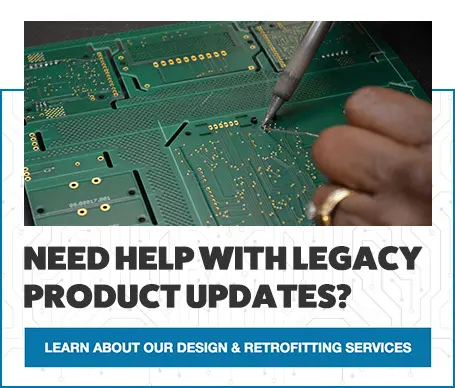How Prototyping Your PCB Can Save You Time and Money on Your Electronic Manufacturing Project
There are many advantages of using a PCB prototype in your electronic manufacturing design process. Although it may seem like it is only adding an additional step to the process, prototyping serves an essential function in the design process and will allow you to save both time and money overall.

What is a PCB Prototype?
A PCB prototype is an early sample of the product built with the sole purpose of testing the design for functionality. While some prototypes are made only to test basic functions, engineers typically require entirely functional PCB prototypes to check complete functionality. Different types of prototypes may be used throughout the process to test different aspects of the design. This may include visual models used to show structure and shape, proof-of-concept prototypes to focus on the primary function of the PCB, working prototypes which are functioning boards containing all the functions and features of the final product, and functional prototypes made to resemble the complete and final product.
Prototyping is Accurate and Reliable
A reliable and accurate prototype will make it easier to solve issues throughout the development process of the PCB for your product. Your final product’s functionality will be represented by a quality PCB prototype and will allow designers to see and test PCB design through functional testing, conditional testing, and final product design.
Determine Design Flaws and Inefficiencies
Because prototyping includes the ability to test components individually, complex projects benefit greatly from PCB prototyping. Testing each component will enable the design and engineering team to pinpoint exactly where the issues may occur. Without the ability to test components individually, it would be difficult to identify where the problem may be.
Allow Engineers to Streamline Design
There are many opportunities for error in the design process. Any errors in design can result in flaws, inefficiencies, and other issues. When you use a PCB prototype, your design can be streamlined as functionality is tested throughout the process, and not when manufacturing is completed. If errors and issues are addressed during the design process, PCB design and assembly can move much more quickly.

Reduction in the Overall Cost of the Project
A PCB prototype will reduce the overall cost of your product. If the design team catches issues early in the process, any potential problems will be addressed and fixed before the production run. It is far more cost efficient to rework a faulty component in a prototype than to discover an entire project will need to be reworked.
PCB Prototyping is an Efficient Process
PCB design and assembly can often be a time-consuming process. PCB prototypes can help speed up the process. PCB prototyping can provide visual assistance in communicating the design easily, minimizing the time spent on explanations and redesign. Prototyping will take all the guesswork out of the process and allow the design team to test and identify problems quickly and accurately. This visualization and testing will minimize rework, saving time and money. PCB prototyping is truly an efficient process, and a smart way to begin your PCB assembly process.
Start Your Quote Now!A PCB prototype is a valuable tool for engineers and designers to ensure a top-quality product for your end user. The benefits are numerous and the cost and time savings can be significant. Efficient and quality project completion relies on prototyping as a vital step in the process. Contact Levison Enterprises to day for a quote on your next PCB project.